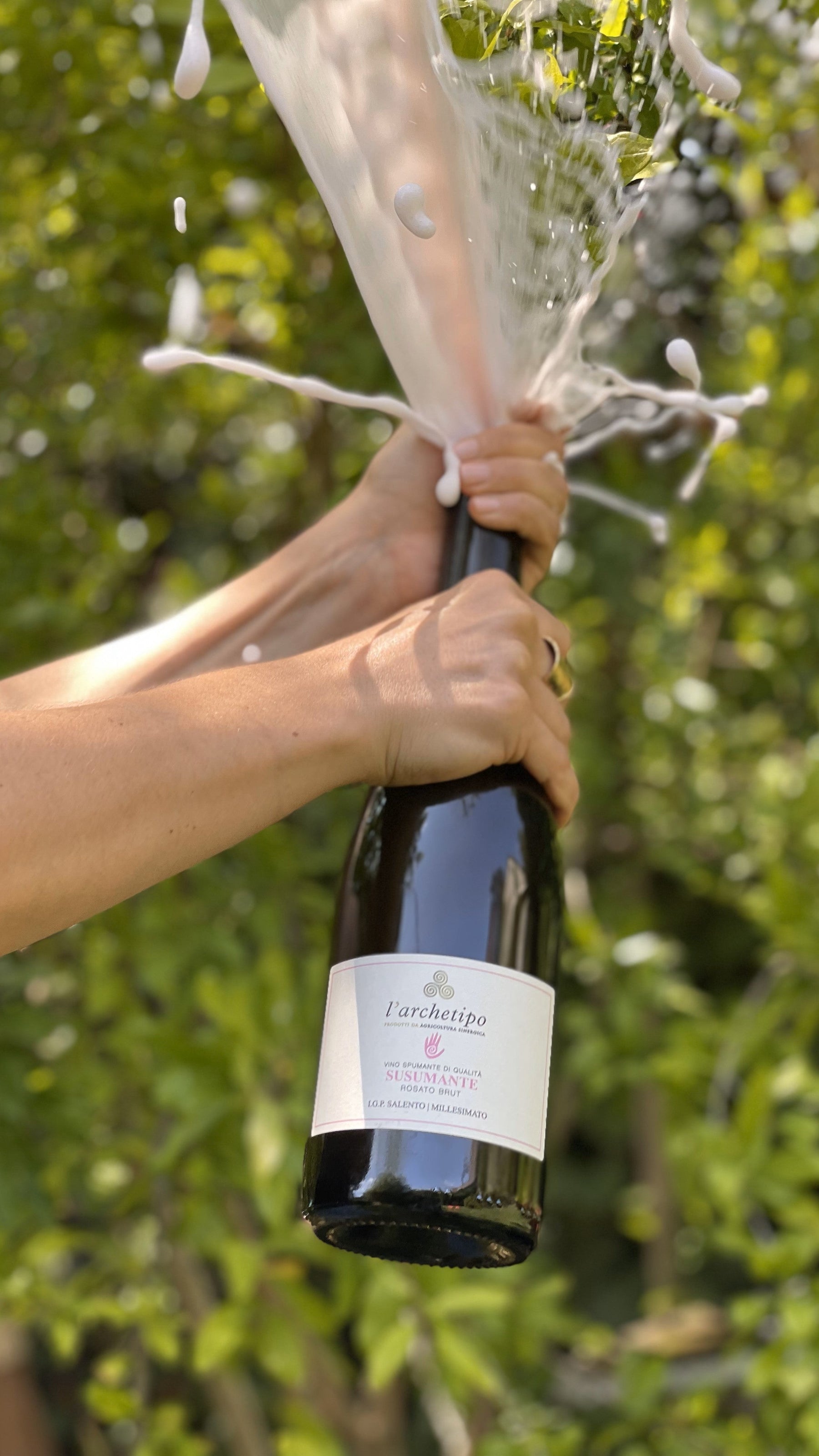
15 Fascinating Facts About Sparkling Wine
Ever wondered what makes sparkling wine so magical? It's all about the bubbles! Those tiny spheres dancing in your glass aren't just beautiful—they're scientific marvels with fascinating stories. Whether you're sipping champagne, prosecco, or pet-nat, here are 15 incredible facts about sparkling wine bubbles that will amaze you.
1. A Single Bottle Contains Millions of Bubbles
One standard bottle of sparkling wine contains approximately 49 million bubbles. That's enough tiny spheres to create a foam party in your glass! The exact number depends on the wine's pressure, temperature, and how it's poured.
2. Bubbles Are Born from Microscopic Imperfections
Those perfect bubbles don't start from nothing—they need a launching pad. Bubbles form at tiny imperfections in your glass called nucleation sites. Dust particles, scratches, or even traces of detergent can become bubble birthplaces.
3. Champagne Bubbles Are Smaller Than Prosecco Bubbles
The traditional champagne method creates finer, more persistent bubbles than tank-method wines like prosecco. Champagne bubbles measure about 0.5mm in diameter, while prosecco bubbles are typically larger and more fleeting.
4. Colder Wine Holds More Bubbles
Physics rules the bubble world! Cold sparkling wine can dissolve more CO2 than warm wine. That's why properly chilled bubbly (38-45°F) maintains better carbonation and longer-lasting bubbles in your glass.
5. The Sound of Bubbles Popping Creates Champagne's "Fizz"
That satisfying fizzing sound isn't just the cork popping—it's thousands of tiny bubbles bursting at the surface. Each bubble collapse creates a miniature sonic boom that contributes to sparkling wine's characteristic sound.
6. Bubbles Carry Aromas to Your Nose
Bubbles aren't just for show—they're aroma delivery systems! As bubbles rise and burst at the surface, they release concentrated aromatic compounds directly to your nose, enhancing the wine's bouquet and flavor perception.
7. Dom Pérignon Didn't Actually Invent Champagne Bubbles
Contrary to popular legend, the famous monk Dom Pérignon didn't discover champagne's bubbles. Sparkling wine existed before his time, though he did refine many production techniques that improved quality.
8. Flute Glasses Were Designed for Bubble Preservation
The tall, narrow shape of champagne flutes isn't just elegant—it's engineered for bubbles. The small surface area minimizes CO2 escape, while the narrow opening concentrates aromas carried by rising bubbles.
9. Vintage Champagne Can Have Bubbles for 100+ Years
Properly stored vintage champagne can maintain active bubbles for over a century! The slow, continuous fermentation and high-quality cork seals preserve carbonation far longer than most people realize.
10. Pet-Nat Bubbles Form Naturally in the Bottle
Unlike traditional method sparkling wines, pétillant-naturel (pet-nat) creates bubbles through a single fermentation. The wine is bottled before fermentation completes, allowing natural sugars to create gentle, creamy bubbles.
11. Pressure in Sparkling Wine Bottles Equals Car Tires
A standard sparkling wine bottle contains about 90 PSI (pounds per square inch) of pressure—roughly three times the pressure in car tires! This intense pressure is what propels the cork and creates those dramatic opening moments.
12. Riddling Creates Perfect Bubble Clarity
The traditional riddling process (remuage) slowly rotates bottles to collect sediment in the neck. This labor-intensive technique, taking weeks or months, ensures crystal-clear wine with perfect bubble formation.
13. Sabrage Works Because of Bubble Pressure
The dramatic art of sabrage (opening champagne with a sword) succeeds because of internal pressure and the bottle's stress points. The blade strikes the seam where bottle neck meets the collar, using pressure to cleanly break the glass.
14. Different Grape Varieties Create Different Bubble Textures
Chardonnay typically produces finer, more persistent bubbles than Pinot Noir. The grape's natural acidity and protein content influence bubble size, longevity, and the wine's overall mousse quality.
15. Bubbles Actually Change Wine's Taste
It's not just psychological—bubbles physically alter flavor perception. Carbonation enhances acidity, making wine taste brighter and more refreshing. The physical sensation of bubbles also stimulates taste buds differently than still wine.
The Science Behind the Magic
Understanding these bubble facts enhances appreciation for the craftsmanship behind every bottle of sparkling wine. From the careful control of fermentation pressure to the precise timing of riddling, every step in sparkling wine production aims to create the perfect bubble experience.
Whether you prefer the fine, elegant bubbles of traditional champagne, the gentle effervescence of pet-nat, or the fresh, fruity bubbles of prosecco, each style represents centuries of refinement in the art and science of creating perfect bubbles.
Next Time You Pour Sparkling Wine
Armed with these fascinating facts, your next glass of sparkling wine will be more than just a drink—it's a showcase of physics, chemistry, and centuries of winemaking tradition. Watch those millions of bubbles rise, carry aromas to your nose, and create the magical experience that has captivated wine lovers for generations.
Remember to serve your sparkling wine properly chilled, use appropriate glassware, and take a moment to appreciate the incredible science happening in every sip. Those tiny bubbles represent one of winemaking's most complex and beautiful achievements.
Explore our collection of exceptional sparkling wines and experience the magic of perfect bubbles. From traditional champagne to natural pet-nat, discover the science and artistry in every bottle. >> SHOP NOW >>
